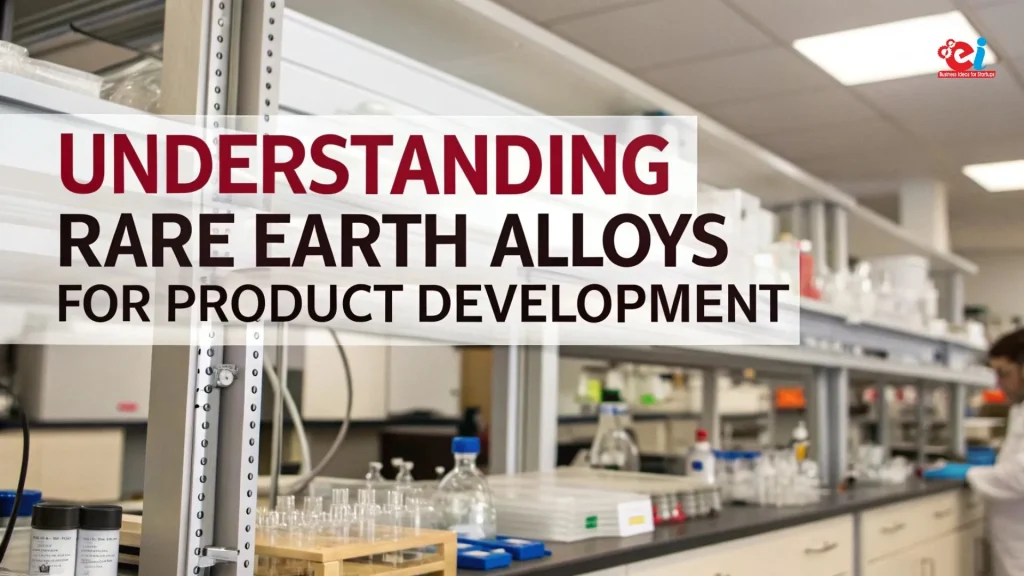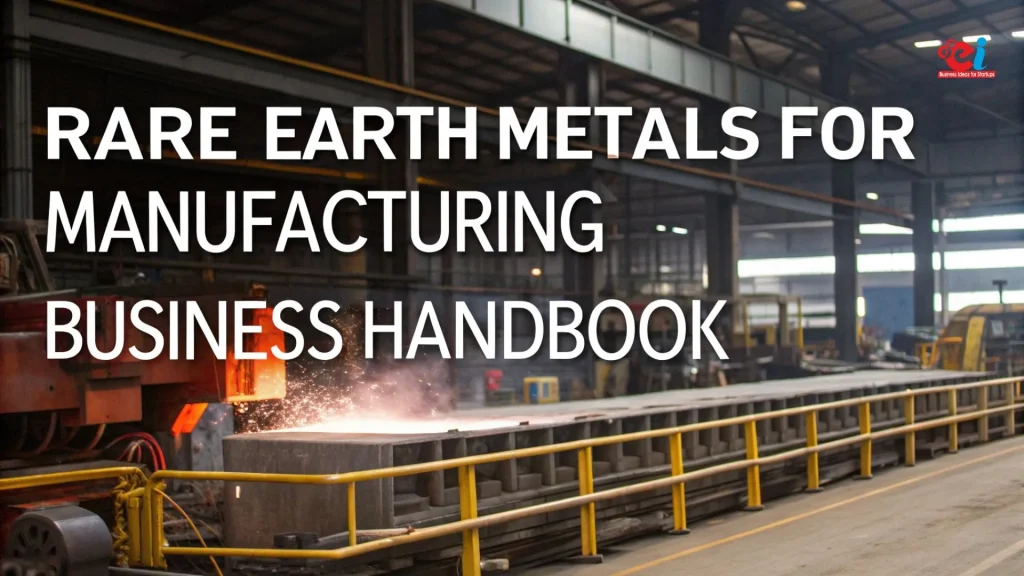
The Humic Acid Manufacturing Industry is gaining momentum as the demand for sustainable agriculture and organic farming inputs continues to rise. Humic acid, derived from natural decomposition of organic matter, enhances soil health, improves nutrient absorption, and stimulates plant growth. Its increasing application in agriculture, horticulture, landscaping, and environmental management is driving substantial market growth. Entrepreneurs entering the Humic Acid Manufacturing Industry are finding a profitable niche supported by government policies, export potential, and high demand from both conventional and organic farmers.
Market Overview and Growing Demand
The global agricultural sector is experiencing a transformation, focusing on sustainable practices and minimizing chemical inputs. This trend is a major driver for the Humic Acid Manufacturing Industry, which offers organic, eco-friendly solutions to improve soil fertility and crop yields. Humic acid acts as a soil conditioner, bio-stimulant, and chelating agent, making it a highly valued input.
In India and globally, humic acid is used in various forms—liquid, powder, or granules—by fertilizer manufacturers, agrochemical companies, and organic product suppliers. With the government promoting natural farming under schemes like the Paramparagat Krishi Vikas Yojana (PKVY), demand for humic acid is growing at a rapid pace. Export markets in Africa, Latin America, and Southeast Asia further boost the potential of the Humic Acid Manufacturing Industry.
Key Benefits of Humic Acid
One of the main reasons the Humic Acid Manufacturing Industry is booming is the compound’s multifunctionality:
-
Enhances soil structure and porosity
-
Increases water retention capacity
-
Stimulates microbial activity in the soil
-
Improves uptake of nitrogen, phosphorus, and potassium
-
Detoxifies the soil by binding heavy metals
-
Boosts plant resistance to stress, drought, and disease
Humic acid is especially effective in degraded or over-farmed soils, making it a must-have for improving agricultural productivity sustainably.
Sources and Raw Materials
In the Humic Acid Manufacturing Industry, the most commonly used raw material is Leonardite, a naturally oxidized form of lignite with high humic and fulvic acid content. Other sources include peat, composted organic matter, and humic shale.
Additional materials required:
-
Caustic soda (NaOH) or potassium hydroxide (KOH) – for alkaline extraction
-
Water (filtered or demineralized)
-
Acid (sulfuric or hydrochloric) – for pH adjustment
-
Stabilizers and surfactants (for liquid formulations)
-
Packaging materials – HDPE drums, sachets, bottles
Proper handling of raw materials and maintaining quality standards is essential to ensure product effectiveness and compliance with regulatory norms.
Manufacturing Process
The production process in the Humic Acid Manufacturing Industry typically follows these stages:
-
Crushing and Drying – Leonardite is crushed and dried to reduce moisture content.
-
Alkaline Extraction – The material is treated with an alkaline solution to extract humic substances.
-
Separation – The solution is filtered to remove insoluble residues.
-
pH Adjustment – The filtered solution is acidified to isolate humic acid.
-
Concentration and Drying – Depending on the final form, the solution is either concentrated or spray-dried.
-
Formulation – Additional nutrients or additives may be blended.
-
Packaging – Final product is packaged as powder, granules, or liquid based on market needs.
The process should comply with Good Manufacturing Practices (GMP) and FCO standards for agricultural inputs.
Types of Humic Acid Products
The Humic Acid Manufacturing Industry produces several product variants:
-
Liquid Humic Acid – Used for foliar application and fertigation
-
Powder Humic Acid – Water-soluble form for fertilizers and mixes
-
Granulated Humic Acid – Suitable for direct soil application
-
Humic Acid Blends – Combined with seaweed extract, amino acids, or micronutrients
-
Fulvic-Humic Combinations – Targeted for high-efficiency nutrient delivery
Producers often create multiple SKUs (stock-keeping units) to serve farmers, wholesalers, and agro-retailers with diverse preferences.
Infrastructure and Machinery
To set up a unit in the Humic Acid Manufacturing Industry, essential machinery includes:
-
Jaw crusher and pulverizer for raw material grinding
-
Alkaline reaction tanks with stirrers and heating systems
-
pH balancing and acid dosing equipment
-
Filter press or decanter centrifuge
-
Spray dryer or vacuum evaporator
-
Liquid filling machines or bagging machines
-
Quality control lab for testing pH, solubility, and active content
An area of 2,000–5,000 sq. ft. is adequate for a medium-scale unit, expandable based on capacity and automation level.
Cost of Setting Up the Business
The investment required to enter the Humic Acid Manufacturing Industry depends on scale:
-
Small-scale setup (manual/semi-automatic): ?15–25 lakhs
-
Medium-scale plant (automated, 1–5 tons/day): ?40–60 lakhs
-
Large-scale production (10+ tons/day): ?1 crore and above
Costs include land/lease, equipment, raw materials, packaging, staff salaries, marketing, and compliance. A working capital buffer of ?10–15 lakhs is recommended for the first six months.
Profitability and Revenue Model
The Humic Acid Manufacturing Industry operates with healthy profit margins, especially in premium or export-oriented products. Revenue is generated through:
-
Direct sales to farmers and cooperatives
-
Bulk supply to fertilizer companies and dealers
-
Custom blends for organic farming firms
-
Export contracts for humic concentrates
Average profit margins range from 30% to 50%, depending on product form, branding, and distribution. High repeat demand and low raw material cost further improve profitability.
Regulatory and Compliance Requirements
To legally operate in the Humic Acid Manufacturing Industry, you’ll need:
-
FCO Certification – Under the Fertilizer Control Order (for agriculture use)
-
Factory License and Trade License
-
Pollution Control Clearance
-
MSME/Udyam Registration
-
GST Registration
-
ISO 9001 or Organic Certification – Optional, for improved credibility and export
Proper labeling with content percentage, application instructions, shelf life, and storage guidelines is mandatory.
Marketing and Sales Strategy
Effective marketing is crucial for success in the Humic Acid Manufacturing Industry. You can promote through:
-
Dealer and distributor networks
-
Participation in agriculture expos and Krishi Melas
-
Collaboration with organic farming groups and NGOs
-
Online B2B platforms like IndiaMART and TradeIndia
-
Direct campaigns via social media, WhatsApp groups, and farming apps
-
Government tender participation for agri input supply
Creating awareness about organic inputs, providing product trials, and offering agronomic support can help build long-term customer relationships.
Government Support and Subsidies
There are several schemes available to support new ventures in the Humic Acid Manufacturing Industry, including:
-
PMFME Scheme – Financial assistance for micro food and bio-processing units
-
Agri Infrastructure Fund (AIF) – Loans and subsidies for agricultural projects
-
Startup India Benefits – For new, innovative formulations and products
-
NABARD and SIDBI Schemes – For equipment and working capital loans
Subsidies on interest rates, machinery purchases, and organic input certification can significantly reduce the cost of operations.
Conclusion
The Humic Acid Manufacturing Industry is a highly scalable and environmentally responsible business opportunity. With rising awareness of soil health, sustainable farming, and organic inputs, the demand for humic acid-based products is growing rapidly in India and worldwide. Whether you’re a new entrepreneur or an agro-based business looking to diversify, humic acid manufacturing offers strong returns, low risk, and the chance to contribute meaningfully to eco-friendly agriculture.
If you’re ready to set up your own unit, start with detailed planning, compliance, and market research—and you’re on your way to building a rewarding business in the Humic Acid Manufacturing Industry.
Niir Project Consultancy Services
An ISO 9001:2015 Company
106-E, Kamla Nagar, Opp. Spark Mall,
New Delhi-110007, India.
Email: npcs.ei@gmail.com , info@entrepreneurindia.co
Tel: +91-11-23843955, 23845654, 23845886, 8800733955
Mobile: +91-9811043595
Website: www.entrepreneurindia.co , www.niir.org





